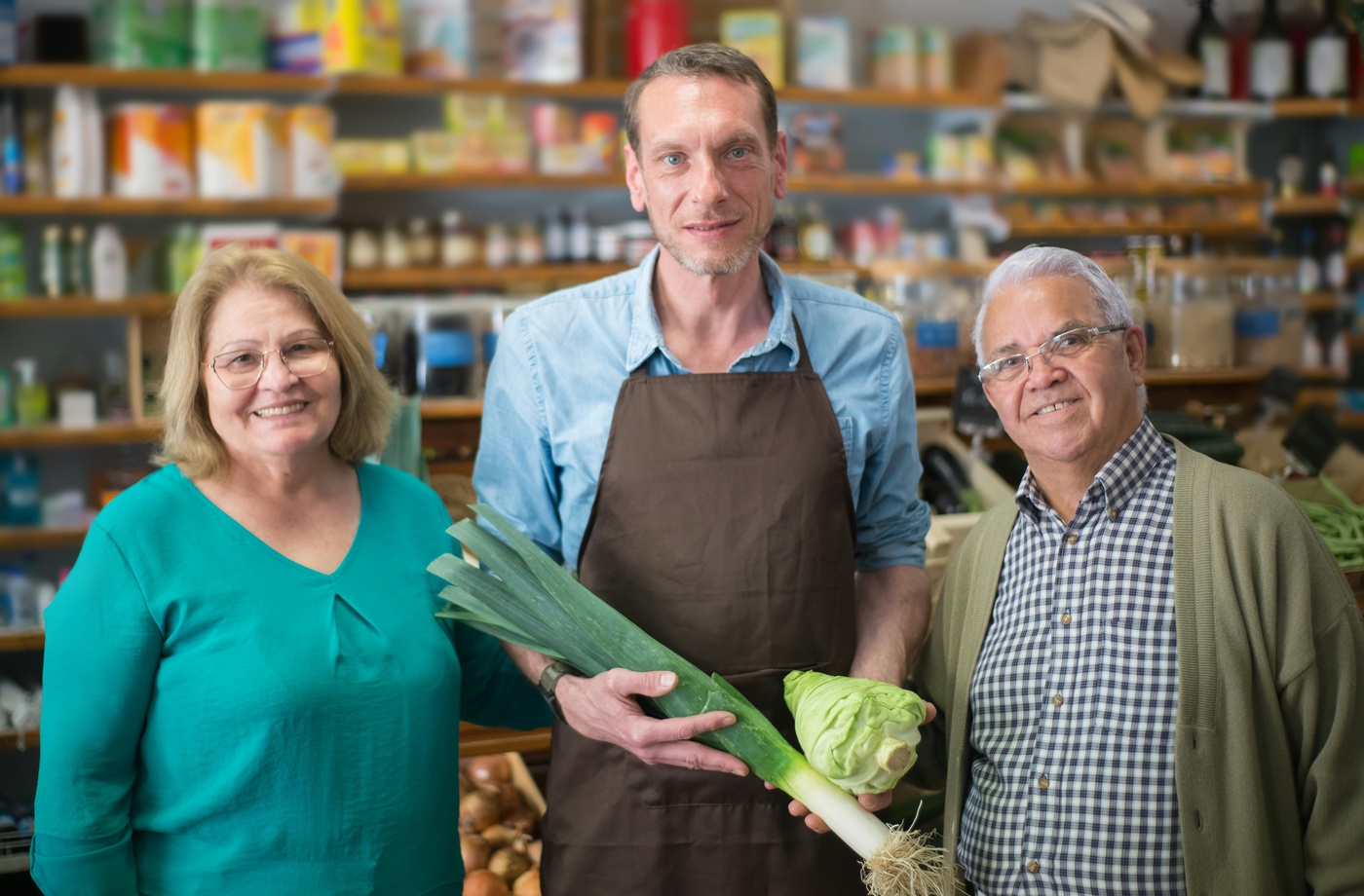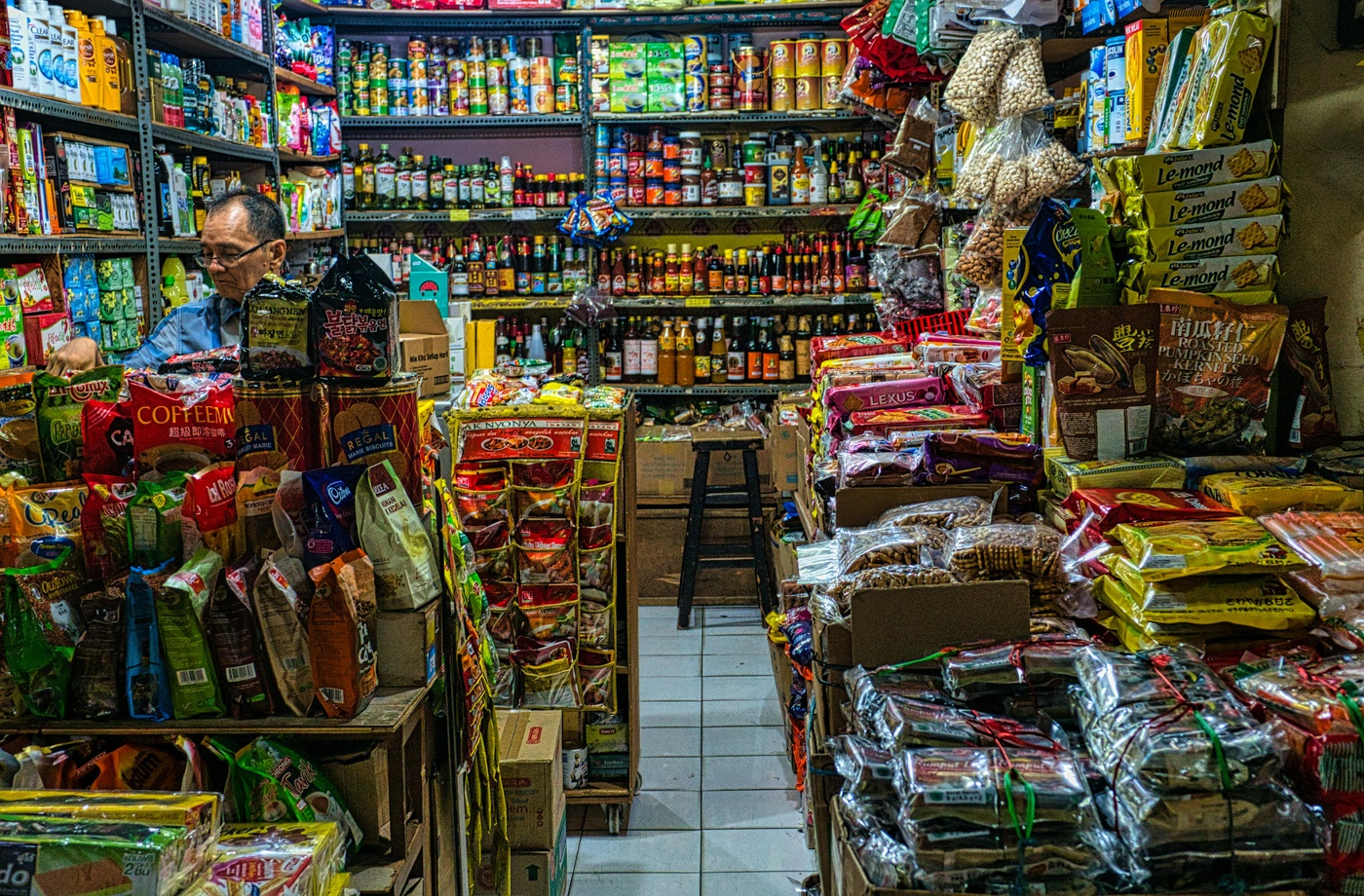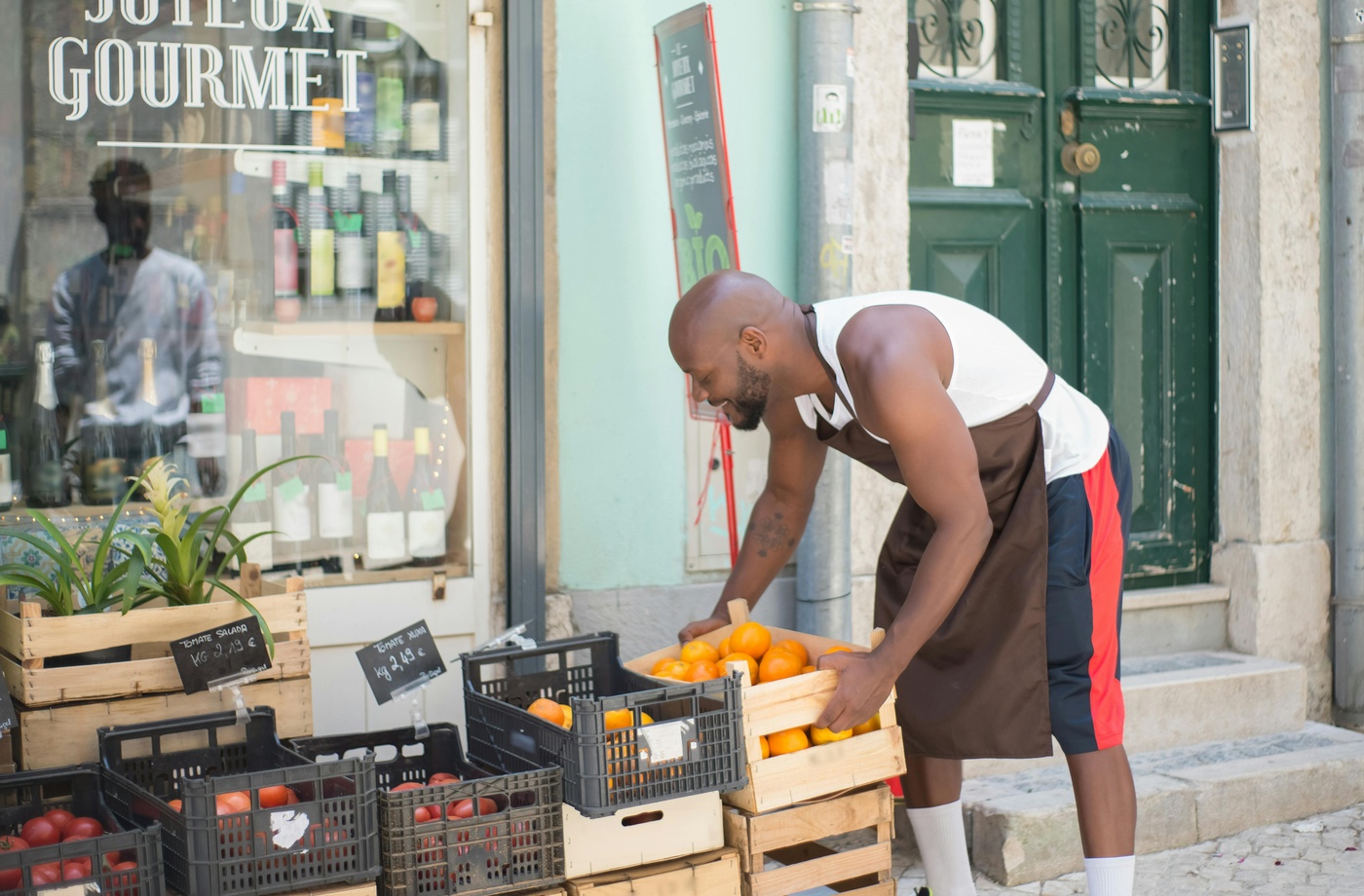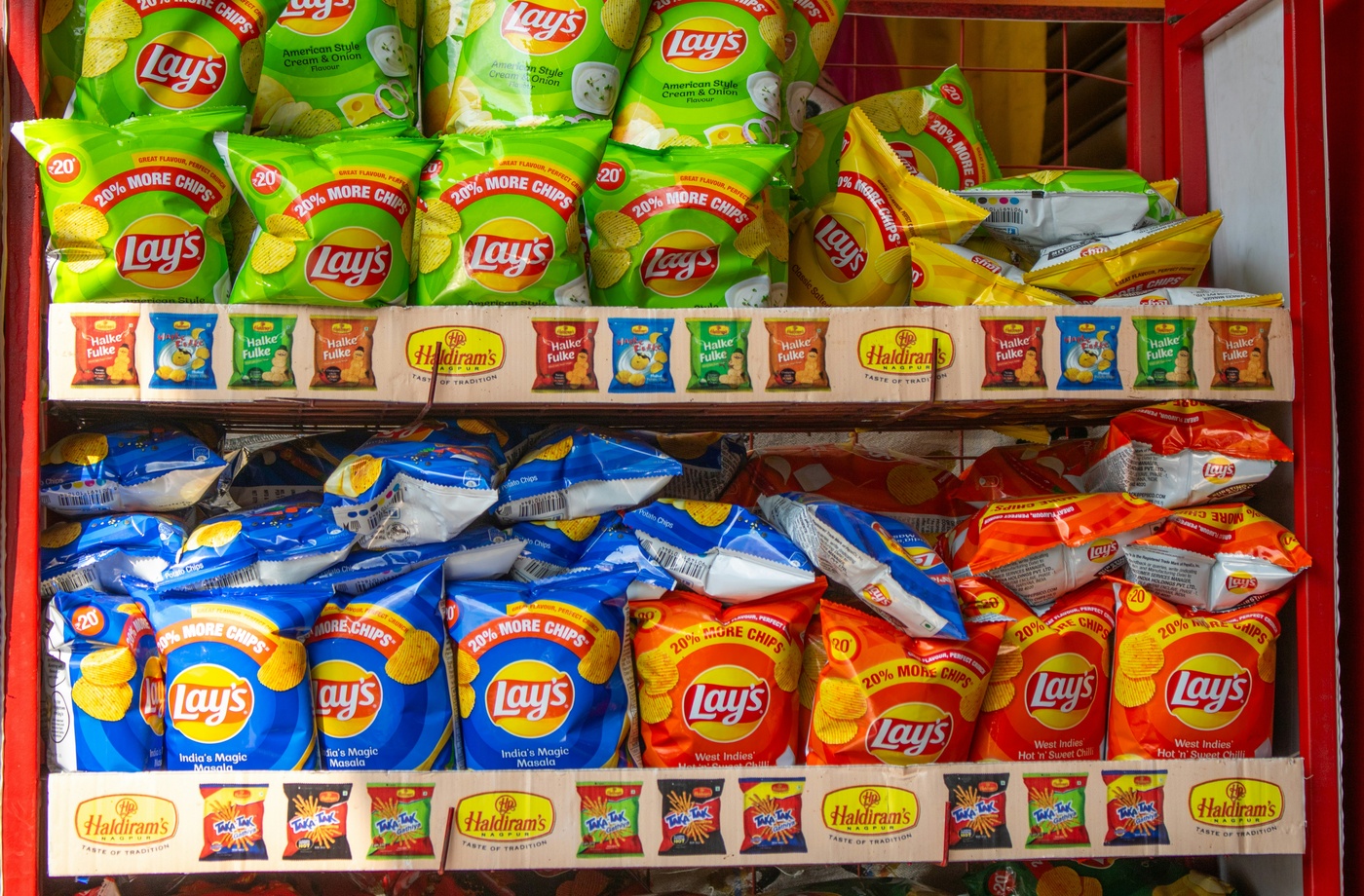Buying in bulk isn’t just for big families or warehouse club members—it’s a proven way to reduce your cost per unit, avoid unnecessary trips, and build a well-stocked pantry. While not every grocery item is worth buying in large quantities, some products consistently deliver better value when purchased in bulk.
Here are ten grocery items that are almost always cheaper when you buy more, plus tips on how to store them safely and avoid waste.
- Rice and dried beans
Shelf-stable and highly versatile, rice and dried beans are staples in budget-conscious kitchens. Buying these items in 5- or 10-pound bags significantly reduces the cost per pound compared to smaller packages. Stored in airtight containers, they can last up to two years.
For added savings, check bulk bins at stores like Whole Foods or WinCo Foods, which often offer lower prices than pre-packaged goods.
- Oats and other dry grains
Old-fashioned oats, quinoa, barley, and farro store well and can be used in a wide range of recipes. A bulk purchase can cut the per-ounce price in half, and they require no refrigeration.
Look for unit pricing on shelf tags to confirm value, or buy in larger containers at Costco or BJ’s Wholesale Club.
- Pasta
Dry pasta has a long shelf life and is perfect for quick dinners, meal prep, or pantry emergencies. Buying family-size or multi-pack bundles can reduce costs by 30% or more compared to single boxes.
- Frozen fruits and vegetables
Frozen produce is often flash-frozen at peak ripeness, meaning it retains nutrients and flavor while staying affordable. Buying large bags instead of small single-use packs lowers the price per serving and reduces spoilage.
Great for smoothies, stir-fries, or casseroles, frozen fruits and veggies are an ideal bulk buy for households of any size.
- Baking essentials: flour, sugar, and yeast
If you bake regularly, bulk-sized flour, sugar, and yeast are smart investments. These items can last for months in sealed containers and are often 40–50% cheaper per ounce in larger packages.
Just be sure to store flour in a cool, dry place or freeze it to prevent pests.
- Canned goods
Canned tomatoes, beans, soups, and vegetables are shelf-stable and great for emergency meals or busy weeknights. Buying in multi-packs often brings the price below $1 per can.
Stores like Aldi and warehouse clubs frequently offer the best prices on canned staples.
- Nut butters and spreads
Peanut butter, almond butter, and even tahini tend to be cheaper per ounce in larger jars. These products have relatively long shelf lives and can be used in everything from sandwiches to sauces.
- Cheese (block or shredded)
Cheese prices vary widely, but buying in bulk—especially block cheese—can lead to noticeable savings. Shredding it at home and freezing portions can make it more convenient and prevent waste.
- Toilet paper and paper towels
While not food, these paper products are often found on grocery lists and provide consistent bulk savings. Buying in large multi-roll packs is almost always more economical and ensures you don’t run out midweek.
- Coffee and tea
If you’re a daily drinker, buying large bags of coffee or tea boxes in bulk reduces cost per cup. Ground coffee and loose-leaf tea store well in airtight containers.
Pro tip: use cashback apps to double your bulk savings
If you’re buying groceries at places like Kroger, BJ’s, or Safeway, consider using Fluz to earn cashback with a Kroger gift card or get rewards with a BJ’s Wholesale gift card. These gift cards can be purchased for the exact amount you plan to spend—letting you lock in savings while buying in bulk.
You can browse additional eligible stores through the Fluz store directory.



